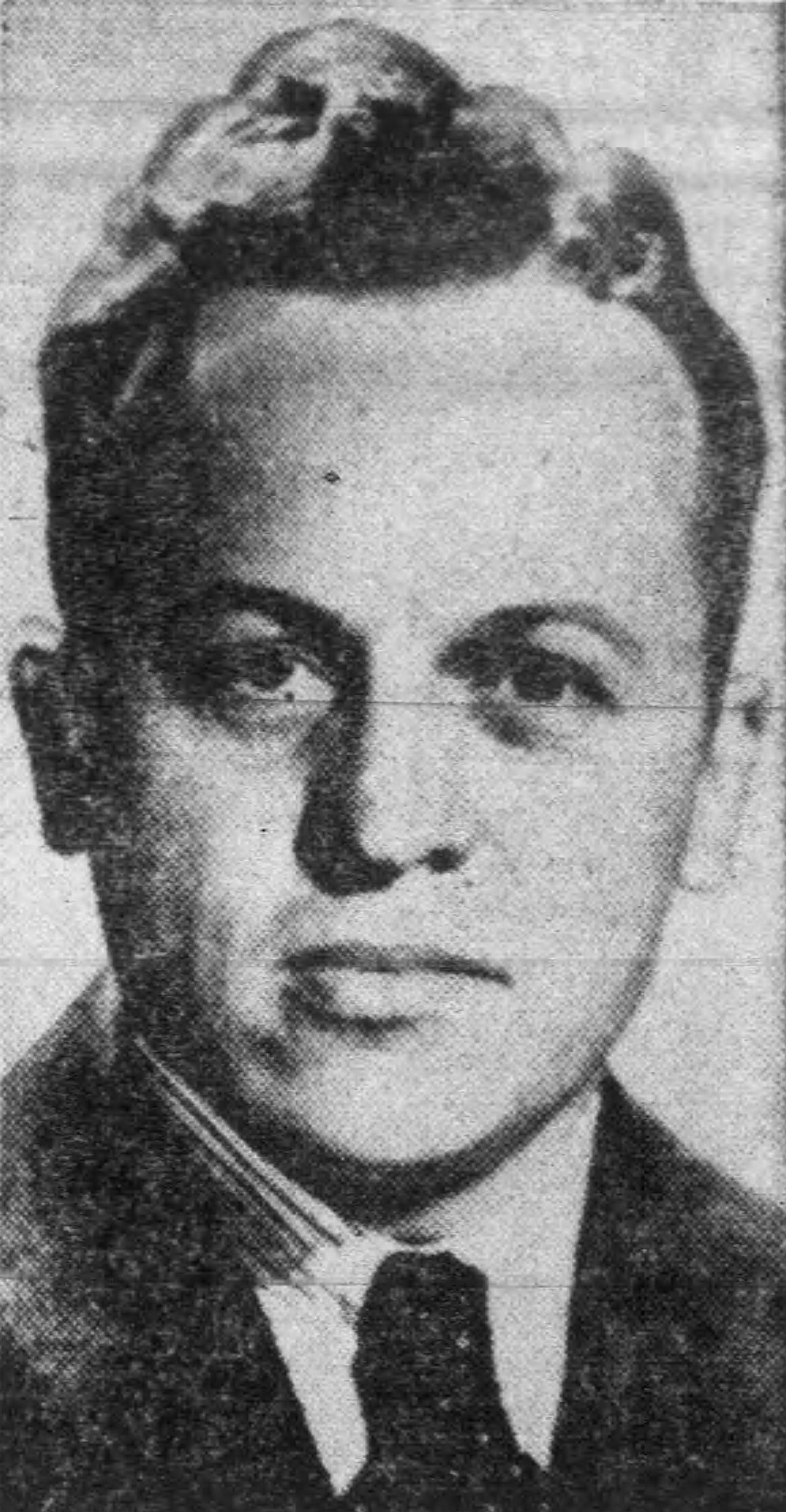Surgery under the sea: George Weller's Pulitzer-winning thriller
"They are giving him ether now,” was what they said back in the aft torpedo rooms.
"He's gone under and they're getting ready to cut him open,” the crew whispered, sitting on their pipe bunks cramped beneath torpedoes.
One man went forward and put his arm quietly around the shoulders of another man who was handling the bow diving planes. “Keep her steady, Jake,” he said. “They've just made the first cut. They're feeling around for it now.”
Those were the riveting opening paragraphs to George Weller's Dec. 14, 1942 story for the Chicago Daily News about a U.S. Navy pharmacist's mate performing an emergency appendectomy on a shipmate aboard a submarine, deep under hostile waters in the Pacific.
The story would win Weller, who was born July 13, 1907, the Pulitzer Prize for reporting in 1943. It is a masterpiece of what we would now call narrative journalism, as Weller reconstructs the procedure, which had occurred in September, through interviews with multiple participants.
The "surgeon" for the day was Wheeler B. Lipes, 23, and the patient was Dean Rector, 19. Lipes had worked three years at a hospital in Philadelphia but was a lab technician by trade, woefully unprepared and underequipped for the job at hand.
But the submariners improvised, administering the ether via a mask fashioned from a tea strainer covered in gauze and sterilizing spoons with boiling water and alcohol from a torpedo mechanism to serve as retractors that would hold open the wound.
"Look, Dean, I never did anything like this before," Lipes told Rector. "You don't have much chance to pull through anyhow. What do you say?"
"I know just how it is, Doc," Rector said. "Let's get going."
Assisted by several officers, Lipes did just that, spending the next 2 1/2 hours finding and removing Rector's appendix while the patient lay on a table in the officers' wardroom.
"It was half an hour after the last tablespoon had been withdrawn that Rector opened his eyes," Weller wrote. "His first words were, 'I'm still in there pitching.'"
The USS Seadragon -- unnamed in Weller's story -- continued its patrol, and 13 days later Rector was back at his station.
"And in one of the bottles vibrating on the submarine's shelves," Weller concluded, "was the prize exhibit of surgeon Lipes—the first appendix ever known to have been removed below enemy waters."
Dean Rector completed his tour on the Seadragon but was aboard the USS Tang when it was sunk by its own torpedo in October 1944. He reportedly survived the blast and was seen in the water, but had disappeared by daylight. His body was never recovered.
"Doc" Lipes survived the war and remained in the Navy, earning a commission and retiring as a Lieutenant Commander. He died in 2005 at age 84 and is buried at Arlington National Cemetery.




